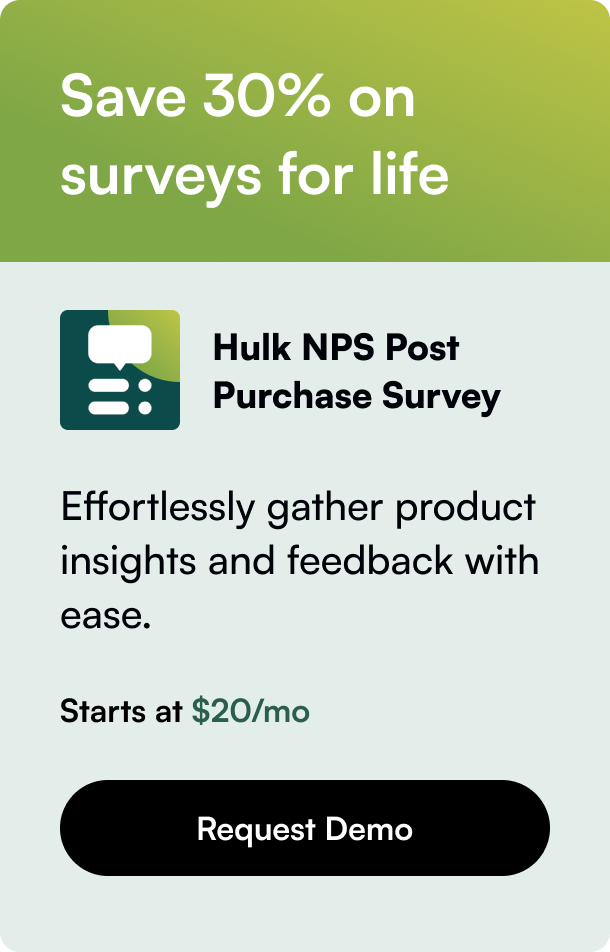Table of Contents
Introduction
Starting a business with Shopify is an exciting endeavor that can lead to great success online. With the convenience of dropshipping, powerful API integrations, and a wide array of customizable themes, Shopify presents a prime platform for entrepreneurs to launch their ecommerce empire. In this comprehensive guide, we'll cover the essential steps to create your very own Shopify store, from conception to launch, equipping you with the tools and knowledge to embark on this digital business journey.
Before You Start Your Shopify Business
Before diving into the Shopify platform, it’s crucial to be adequately prepared. Ensure you have:
- A clear business idea and target audience.
- High-quality product images and descriptions.
- A business name that resonates with your brand.
- A banking solution for receiving payments.
- An understanding of shipping rates and tax implications for your products.
Setting Up the Basics
Start Your Shopify Free Trial
Visit the Shopify website and sign up for their free trial. During this process, you’ll be asked to provide basic information about your business including a store name. Your store name will be part of your temporary Shopify URL, but you can opt for a more branded experience by purchasing a custom domain later on.
Importing Your Products
After setting up your free trial, you can start adding products to your store. Navigate to Products > Add Product and fill out the necessary details such as the title, description, images, pricing, and inventory. You may also set up collections to categorize your products for easier browsing.
Payment and Shipping Setup
Configure your payment gateways under Settings > Payments, where you can sign up for Shopify Payments or integrate other providers like PayPal.
In Settings > Shipping, establish your shipping rates and rules. Consider variables like product weight, shipping destinations, and potential shipping discounts to encourage bulk purchases.
Tax Configuration
Under Settings > Taxes, set the correct tax rates according to your region. Tax regulations can be complex, so consult a professional if needed to ensure you comply with the legal requirements.
Designing Your Store
Great design can set the tone for customer experience. Shopify offers a multitude of themes to tailor your store's look to your brand aesthetic.
Pick a Theme
Browse Shopify's theme store and select one that suits your business. Take time to customize color schemes, fonts, and layout to align with your brand identity.
Launching Your Shopify Store
To make your store live, remove the password protection by navigating to Online Store > Preferences. Perform a thorough review to ensure every aspect of your store works seamlessly and check out Shopify's launch checklist for guidance.
Marketing and Promotion
No store can succeed without marketing. Utilize Shopify's built-in SEO features to improve your store's online visibility. Consider starting ad campaigns on social media channels where your target audience is most engaged. Use email marketing, content creation, and promotional discounts as additional strategies to draw in customers.
Launch and Learn
Once your store is up and running, be prepared to learn and adapt. Monitor customer behaviors, gather feedback, and use analytics to refine your approach. The digital market is fast-paced, and your willingness to evolve will largely determine your success.
Conclusion
Starting a business on Shopify is a profound venture that requires dedication and strategic planning. By following the appropriate steps to set up, customize, and market your store, you can build a strong foundation for a thriving online business. As you progress, remember that flexibility and responsiveness to the market are imperative. Now, with this guide at hand, you have the know-how to turn your Shopify dream into a digital reality.
Built to inform, thanks to programmatic SEO.









